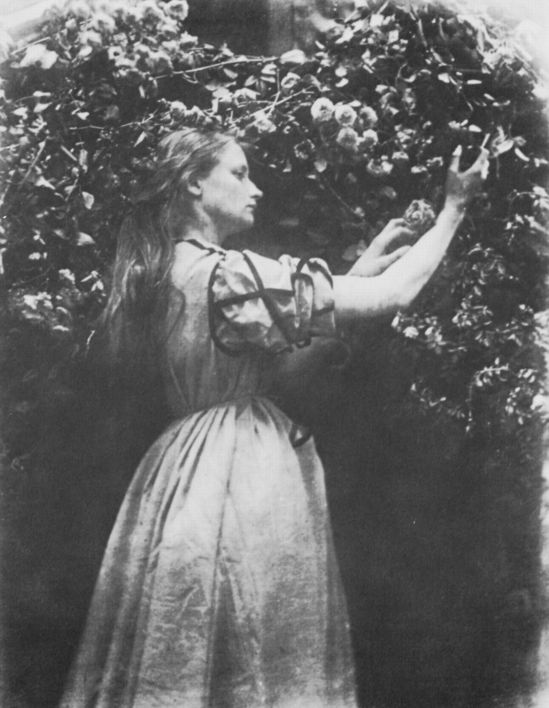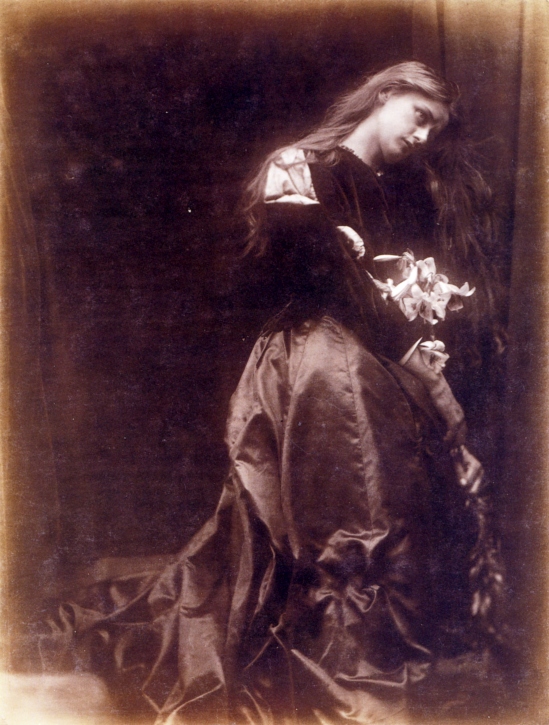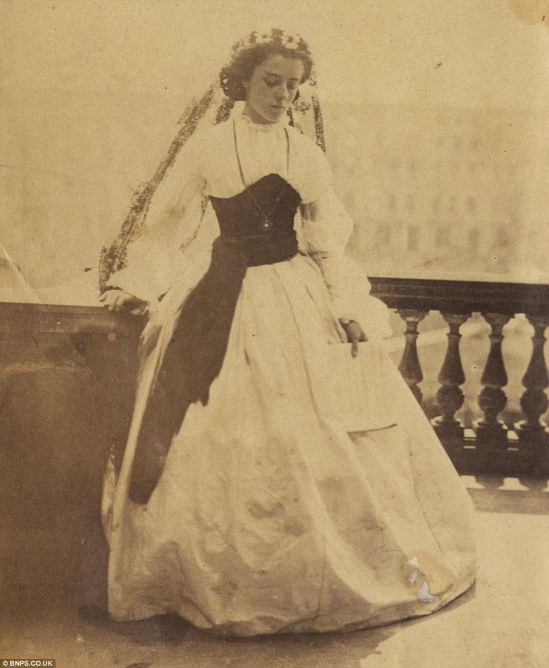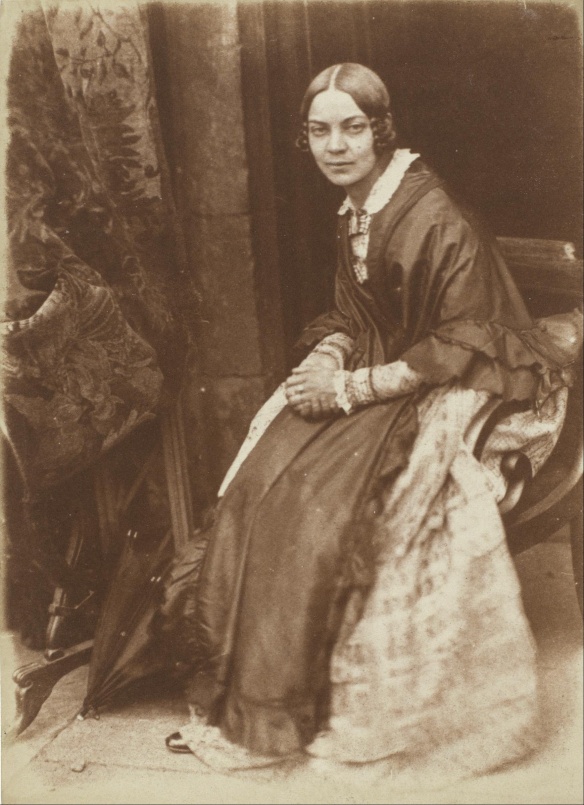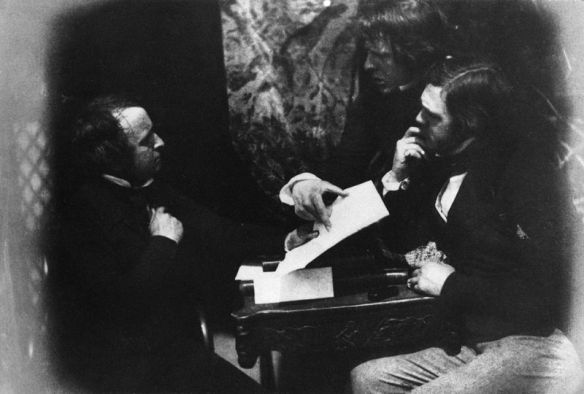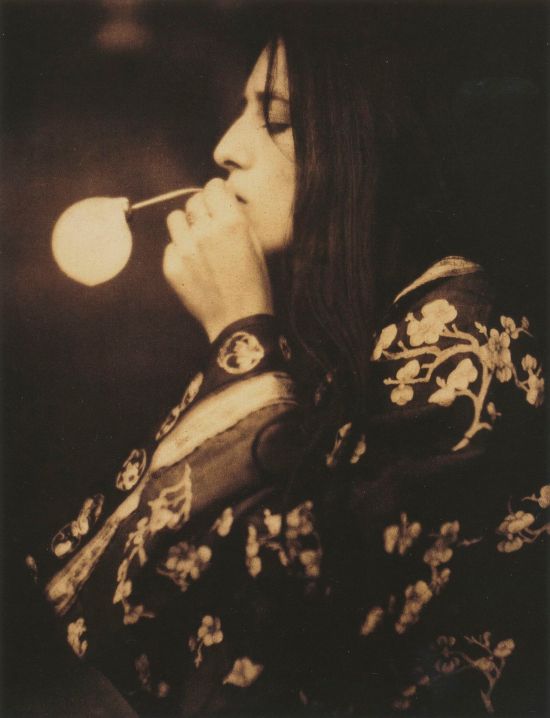Clementina Maude, Viscountess Hawarden, née Clementina Elphinstone Fleeming (1822 – 1865), commonly known as Lady Clementina Hawarden, was a noted English portrait amateur photographer of the Victorian Era, producing over 800 photographs mostly of her adolescent daughter.

A photograph of a young woman in a dancing costume, possibly Isabella Hawarden (b. 1846), taken by Clementina, Lady Hawarden, in about 1863 © The Board of Trustees of the Science Museum via
A photograph of Isabella Grace Hawarden (b. 1846) taken by her mother, Clementina, Lady Hawarden, in about 1862 © The Board of Trustees of the Science Museum via

Two women by window, one standing and one kneeling. A photograph of two young girls, probably Clementina (b. 1847) and Florence Hawarden (b. 1849), taken by Clementina, Lady Hawarden, in about 1860 © The Board of Trustees of the Science Museum via

Portrait of ‘Clementina Maude’ by Lady Clementina Hawarden, albumen print, 1863, woman reading seated beside window © The Board of Trustees of the Science Museum via
Woman on balcony. A photograph of Clementina Hawarden (b. 1847), taken by her mother, Viscountess Clementina Hawarden in about 1862 © The Board of Trustees of the Science Museum via



